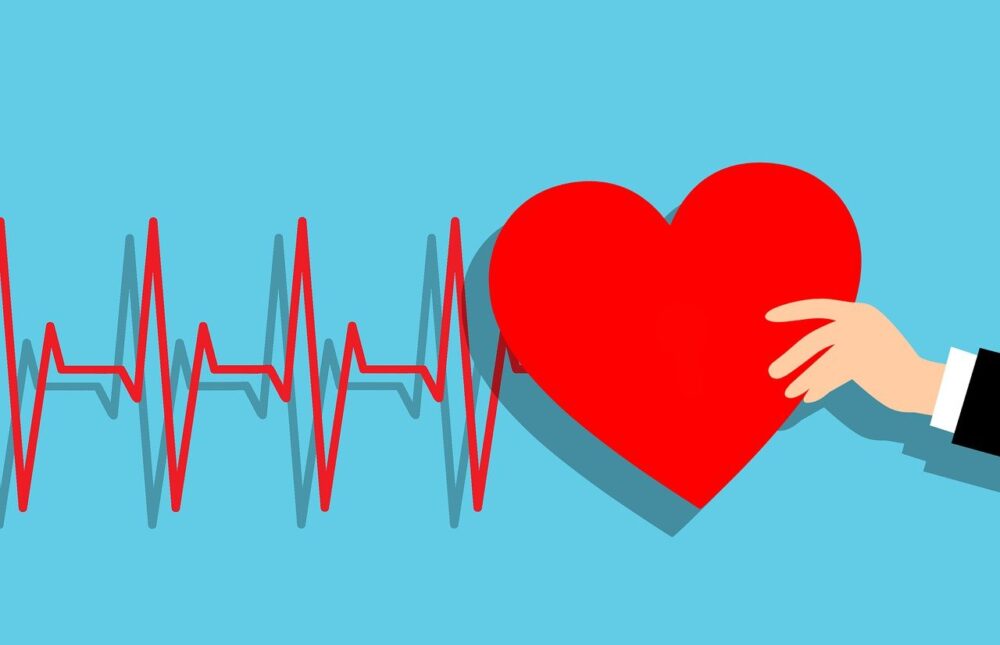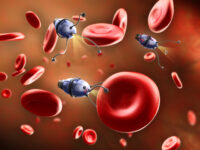Monitoring the heart for long periods of time has become easier than ever because of the development of wristwatches, smartphones, and wearable devices in the age of today’s biosensing revolution. The most notable of these devices is perhaps the Apple Watch, which comes embedded with a built-in electrocardiogram (ECG) and heart rate monitor and now has around 43 million global users, making healthcare data quite literally as accessible as looking at the time.
Biosensing applications to monitor the heart’s electrical activity are actively being programmed into smartphones and wearable devices as cardiovascular disease continues to be the leading cause of death worldwide. These technologies are incredibly useful and are able to analyze cardiac rhythms to prevent life-threatening conditions, such as cardiac arrest, from occurring. Some particularly notable mentions include the Zio Patch, smartphone apps to detect atrial fibrillation, and cvrPhone, a 12-lead smartphone sensing system.
“Biosensing applications to monitor the heart’s electrical activity are actively being programmed into smartphones and wearable devices as cardiovascular disease continues to be the leading cause of death worldwide.”
The Zio Patch, developed by engineers at iRhythm technologies in San Francisco, is a sensor that is worn on the left pectoral and can be worn for at least 14 days. What makes the sensor unique is that it contains a single-lead ECG that doesn’t need to be charged, allowing it to collect accurate data for long periods of time. The device is currently prescribed by physicians who use the Zio Patch to determine the best course of action, such as drugs or minimally invasive surgery, to treat cardiac problems based on the number of arrhythmias detected as well as the intervals in between them.
Smartphone applications to monitor for different arrhythmias are also becoming widely available. A collection of smartphone apps are now utilizing the red LED light built into the phone camera to monitor for atrial fibrillation by simply touching a finger to the camera lens. These applications are able to produce results in under a minute, but are not the most effective for long-term monitoring. In order to ensure long-term monitoring is possible, physicians at Massachusetts General Hospital have developed cvrPhone, a 12-lead system that can be attached to a smartphone for use in a clinical setting and eventually in the home as well. The system is able to detect various indicators of cardiovascular disease, including occlusions to the heart within two minutes of their occurrence, apneic episodes, and repolarization alternans — all of which mark susceptibility to arrhythmias and cardiac death.
Another exciting avenue of cardiac sensing is one that researchers from the Inan Lab at the Georgia Institute of Technology have developed to detect hemorrhages more efficiently. Hypovolemic shock is currently difficult to recover from due to exsanguination, or severe blood loss. Current metrics that physicians use to determine the severity of hypovolemic shock are based on heart rate and blood pressure. However, these vitals are not the most effective indicators of shock once blood volume starts to decrease. The Inan Lab has found that a better indicator of the severity of shock is the time until cardiovascular collapse, which is also known as blood volume status, or BVS.
To test the sensing system, Inan and his team placed wearable sensors on the aortic root, femoral artery, and right and left atria on a porcine model. He used three different types of sensors (electrocardiogram, seismocardiogram, and photoplethysmogram) to best capture the function of the heart (or lack thereof) as blood volume started to decrease. Together, these sensors measured changes in the heart’s electrical activity, movement of the chest wall as blood volume changed, and the interval between ejection of blood by the heart and the blood reaching its respective place in the body. Based on these three sensing modalities, Inan and his group now plan to create a scale from 0 to 100 using a machine learning algorithm to quantify a patient’s need for treatment, which is especially useful in triage settings seen often in emergency medical services or military settings. In the future, the Inan group also plans to develop a 10 millimeter wearable patch that filters out background noise to allow for accurate monitoring of cardiovascular function.
Thanks to improvements in sensing technology, physicians are now able to provide more accurate diagnoses backed by long-term data, leading patients to have more confidence and ownership of their own health.
Cardiovascular sensing is changing the lives of both physicians and patients alike, and will only continue to do as more technology is developed and tested. Thanks to improvements in sensing technology, physicians are now able to provide more accurate diagnoses backed by long-term data, leading patients to have more confidence and ownership of their own health. For now though, it’s promising to say that arrhythmias and other cardiac problems can be detected accurately through these exciting new innovations, one pulse at a time.
Science Advances (2020). DOI: 10.1126/sciadv.abb1708
Journal of the American College of Cardiology (2020). DOI: 10.1016/j.jacc.2020.01.046






